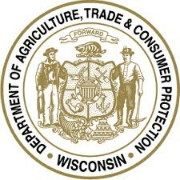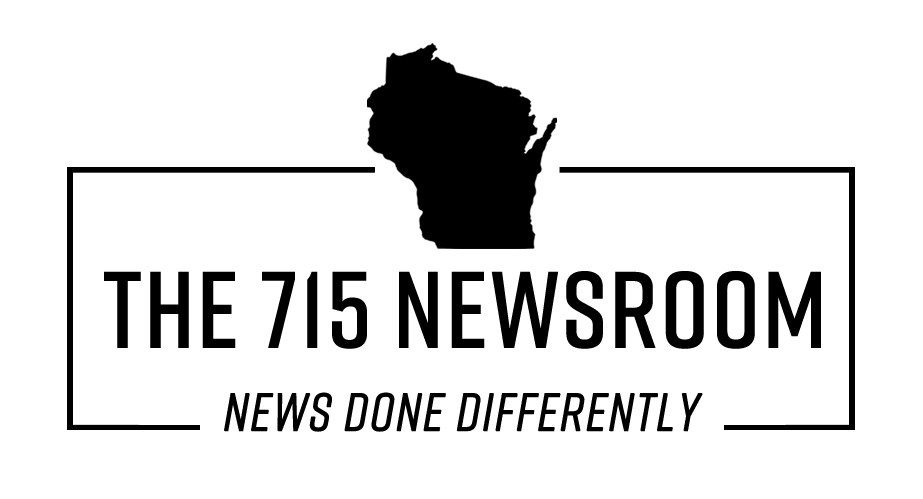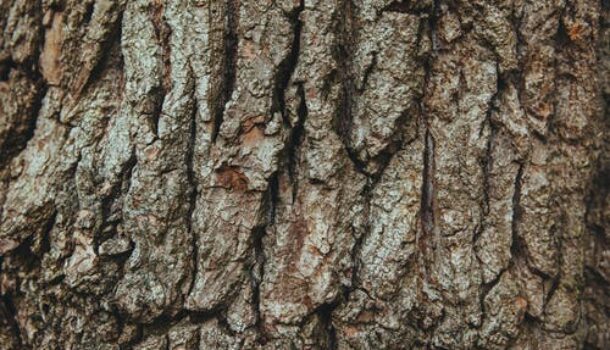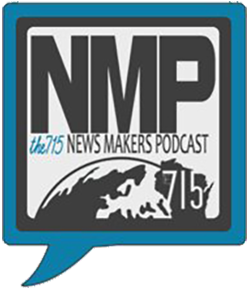The Wisconsin Department of Agriculture, Trade and Consumer Protection (DATCP) will be setting approximately 8,000 traps for spongy moth (Lymantria dispar) in 2025. The traps will be placed in 36 counties in western and central Wisconsin from mid-May through early July. Trap locations are determined according to a grid- and data-based system. Most traps will be set along public roadside rights-of-way, but some will require placement on private property in areas where new infestations are suspected. DATCP requests that all traps remain undisturbed once they are in place.

“Traps are used both to monitor known spongy moth populations and to identify new populations in previously uninfested areas,” says Amanda Miller, DATCP Spongy Moth Trapping Coordinator. “Even though spongy moth populations drastically decreased last season, the total male moth catch still set a record as the second highest in recent program history. Data collected from traps this season will be crucial in the program’s effort to pinpoint new populations and limit their spread before infestations become large enough to cause damage to trees.”
Spongy moth traps are small green boxes stapled or tied to trees. The trap emits the scent of flightless female spongy moths to attract and catch adult male spongy moths. The lure scent is undetectable to other insects, animals, and humans. Although these traps catch adult male spongy moths, the primary purpose is to gather data to inform follow up control efforts and does not have direct, meaningful impacts on the population of this invasive species.


